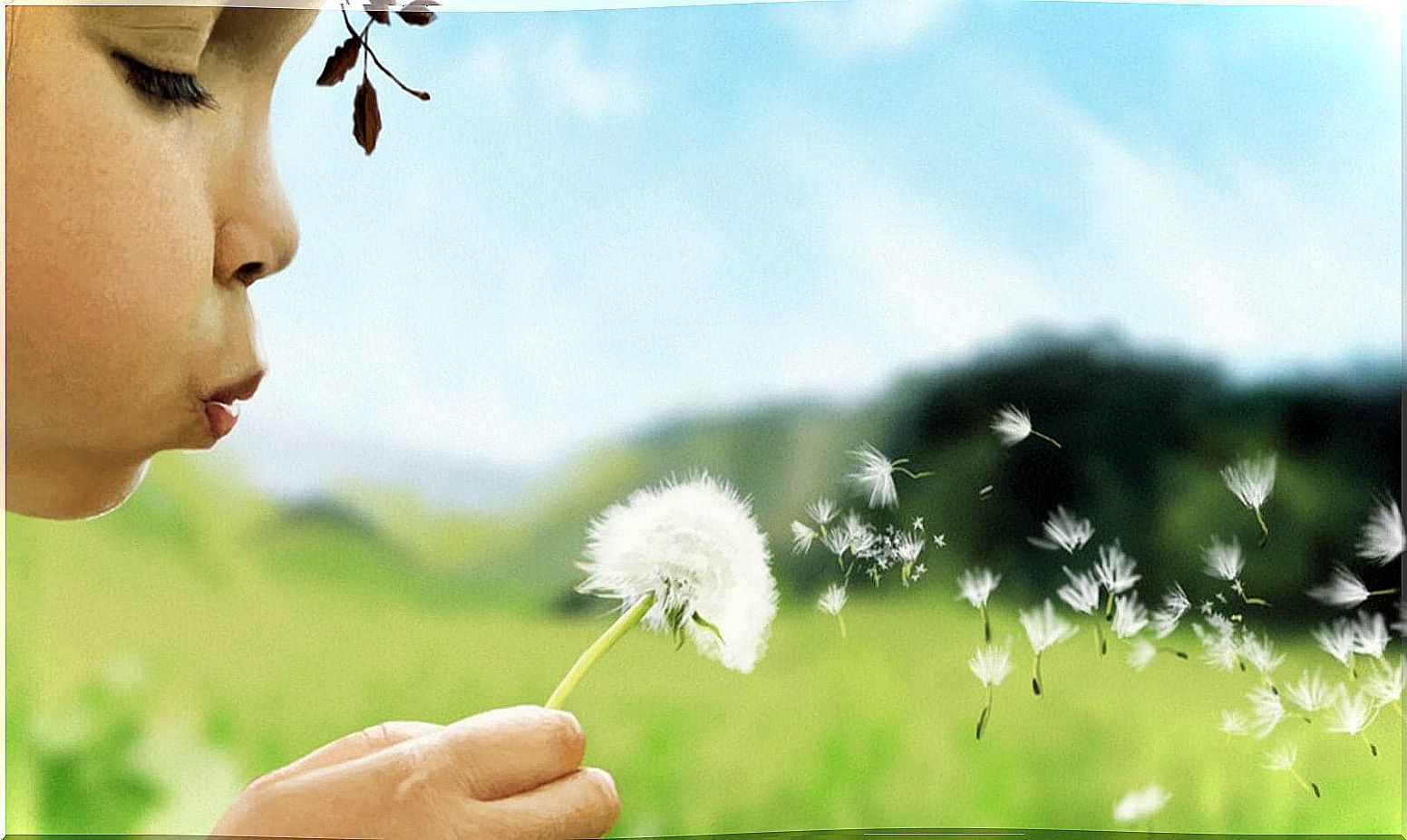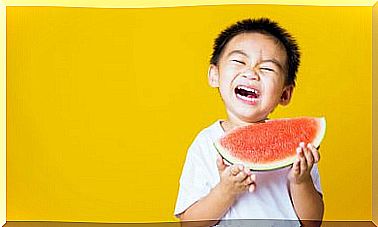3 Ideal Children’s Poems To Share
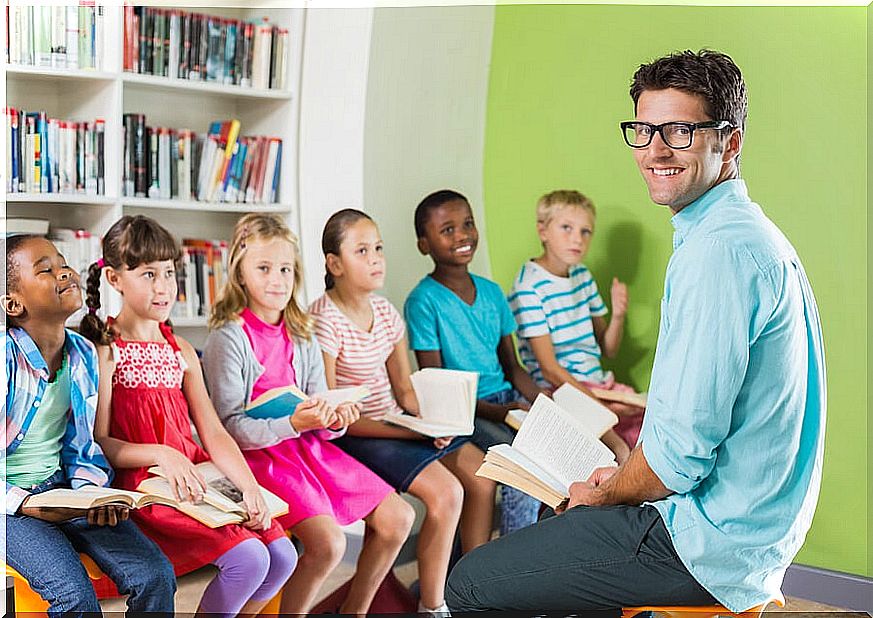
Children’s poems are a great tool from the moment children begin their schooling stage. Not only do they amuse them, but it brings them closer to language and, of course, motivates them to develop it. For this reason, the teachers usually teach them to memorize, in addition to songs, poems, in conjunction with some type of choreography.
Children’s poetry is a genre that includes both texts written by children, as well as by young people and adults. The theme is varied but the form, in general, is very easy to assimilate. And while its playful aspect stands out, it does not neglect important moral lessons.
On the other hand, psychopedagogues consider that children’s poems are a tool to teach children to communicate, know and express their feelings. They also consider that they are a good exercise for creativity and imagination.
About nursery rhymes
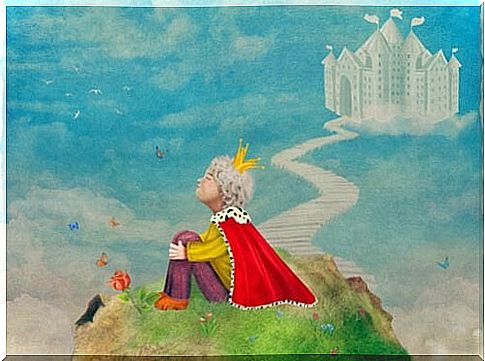
There are children’s poems in which you can visualize a specific image. For example, the image of a castle on top of a hill. In other cases, the poem progresses as a kind of fable in which there is a slightly more elaborate image, such as: a fox that climbs a tree to obtain a fruit.
Poetry stimulates communication skills and brings parents and children closer together when shared at home, such as lullabies. Therefore, it is important to take advantage of them during their first years of life.
Contrary to what many parents may believe, children’s poetry does not have such a complicated language. In fact, it is surprising that, even being so simple, it has such ingenious and great expressions for understanding concepts and ideas.
Ways to encourage a taste for poetry
1. Provide him with poems according to his age
In addition to reading aloud to them, it is necessary to look for poems according to their age, and this not only means in terms of subject matter, but also the length and degree of difficulty of the language.
At the beginning it is best to choose short, musical poems about simple themes (a fruit, an animal, the sun, the stars, etc.). Then they should not only be taught to read and memorize it, but to understand what it conveys, before moving on to the next poem.
Once the poem has been assimilated, it must be passed on to another of greater complexity. This way, they won’t stick with the same types of poems all the time or stagnate as readers. Remember that if we only give them poems about fruits, it will be difficult for them to evolve and develop a good appreciation of poetry.
2. Guide the process

For children to assimilate the poem they must be guided by their parents; This implies reading the text with them, explaining what it says, what the image it conveys is like, and so on. In this sense, the accompaniment is key so that there is a good assimilation and the child manages to be interested in the activity. Over time, little by little, you will be able to enjoy it on your own.
3. Encourage him to declaim!
Declare poetry is a very fun activity for children as it allows them to verbalize, gesture and feel the poetry. Therefore, a good way to teach him to develop a taste for the genre is to encourage him to declaim. To do this, you must give him the example and teach him and ask him to repeat it (both with you and without you).
Children’s poems to share
The following selection of children’s poems is intended for children between the ages of 5 and 7. These are short texts that can easily be accompanied by hand movements to emphasize the message and also amuse children.
The paper boat, by Amado Nervo
With half a newspaper
I made a paper boat
in the fountain of my house
I made it navigate very well.
My sister with her fan
Blow and blow on it.
Have a good trip, have a good trip,
little paper boat!
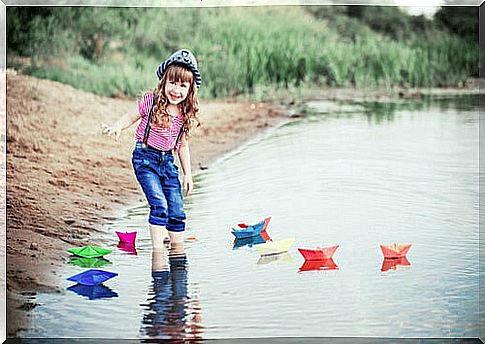
April , by Juan Ramón Jimenez
The chamariz in the poplar.
-And what else?
Poplar in the blue sky
And what else?
The blue sky in the water.
And what else?
The guide in the new leaf.
And what else?
The new leaf in the rose.
And what else?
The rose in my heart.
And what else?
My heart in yours.
The mice, by Lope de Vega
The mice got together
To get rid of the cat,
And after a long time,
of disputes and opinions,
to put on a bell,
that walking the cat with him,
they could better get rid of.
A barbican mouse came out,
long-tailed, hociquirromo
and curling the thick loin.
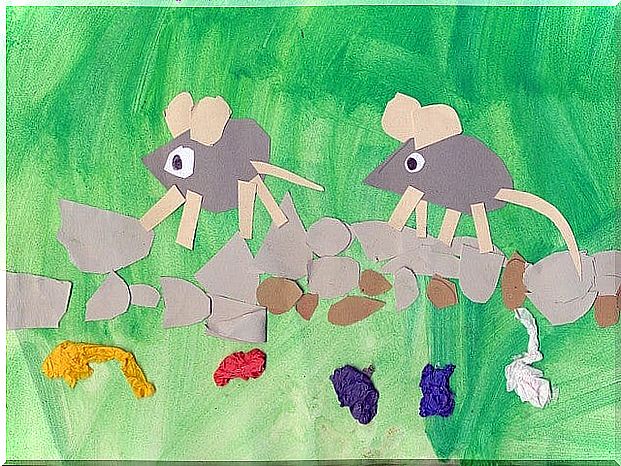
To consider
Not all children’s poetry books are accompanied by illustrations. However, this does not mean that they do not serve to teach them to take their first steps in this genre. The key is always in the accompaniment and guidance of the parents, especially during the first years.
Sharing poetry at home is a good way to strengthen the family bond and, in turn, help them develop their cognitive skills. Go ahead and enjoy the poems often and you will see how beneficial it is.
